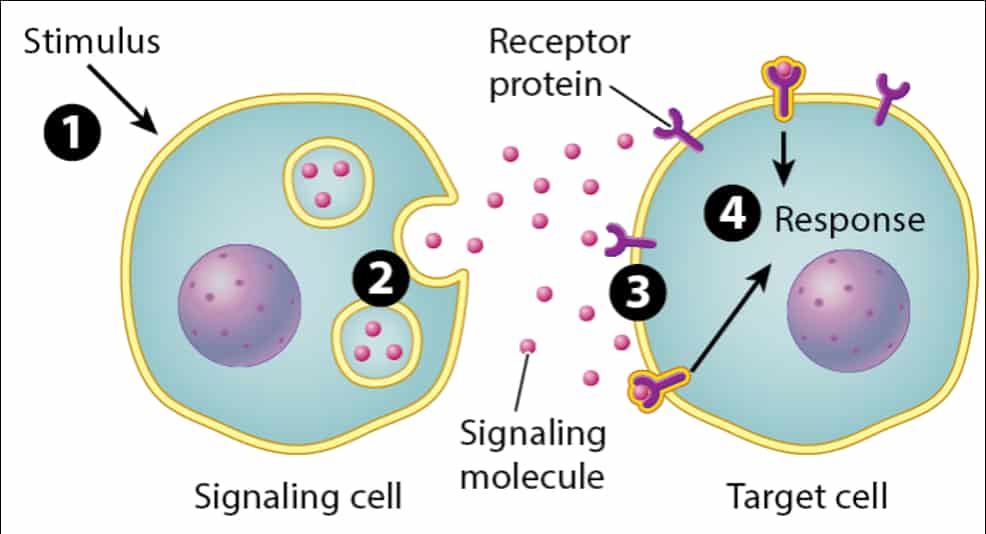4.1 Cell Communication

Cells communicate by sending and receiving chemical messengers. Cells can communicate over various distances

Cells communicate by sending and receiving chemical messengers. Cells can communicate over various distances

Written by Audrey, Clara, and Malina
没关系,继续奔跑吧!带着热气和疼痛的文字被笑着吞咽。不要温和地走入那个良夜,要活泼地跑到那个灼日。

Dive into the essential concepts of biostatistics to bolster your exam preparation and scientific inquiry skills.

优秀作业展示:原核细胞与真核细胞

The conversion process that transforms the energy of sunlight into chemical energy stored in sugars and other organic molecules is called photosynthesis. Photosynthesis nourishes almost the entire living world directly or indirectly.

Assignment:

Respiration breaks the fuel down, using oxygen and generating ATP. The waste products of this type of respiration, carbon dioxide and water (H2O), are the raw materials for photosynthesis.

Enzymes speed up metabolic reactions by lowering energy barriers. Each enzyme has an optimal temperature and pH. Regulation of enzyme activity helps control metabolism.

The totality of an organism’s chemical reactions is called metabolism. Metabolism is an emergent property of life that arises from orderly interactions between molecules.

优秀视频作业展示:开展一次安全的可实施的生物小实验,拍摄2-3分钟的短视频记录过程